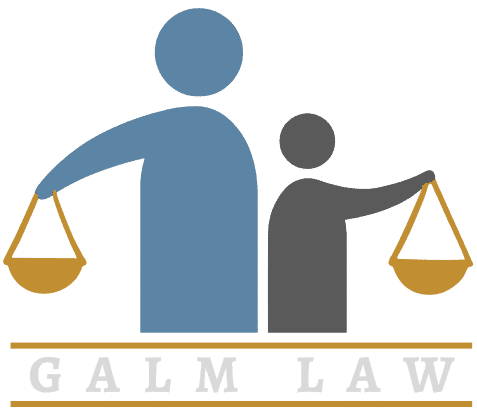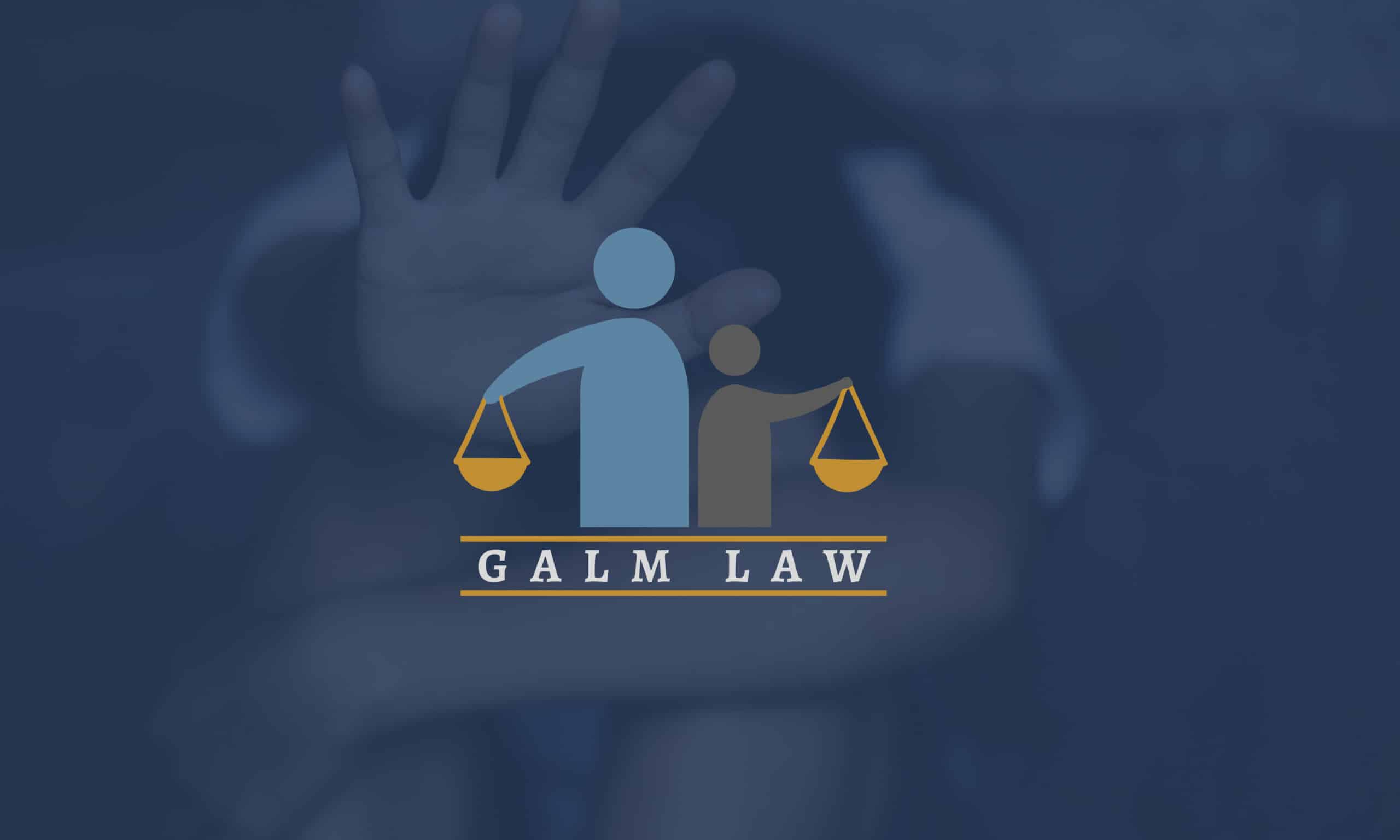A chaotic scene, dented vehicles, distraught people, property damage – car accidents are stressful, and the aftermath can be just as difficult to cope with. Once you’ve ensured that everyone is safe, the questions begin. Do I need to call the police? Who should I exchange information with? What details should I write down? Should I take pictures of the accident scene? We’ve put together some tips that will help you remain calm and in control at the scene of the accident.
1. CHECK ON THE SAFETY OF ALL PASSENGERS.
After checking on yourself and those in your car, make sure no one was injured in the other vehicles involved, as well as any nearby pedestrians or bicyclists.
2. CALL THE POLICE AND EMERGENCY SERVICES IF NECESSARY.
Involving the police as a neutral third-party can keep everyone calm in the chaotic aftermath, even if someone at the scene says it isn’t necessary or doesn’t want to get the law involved. Having a police report on hand is also helpful if the case ends up going to court.
3. TAKE NOTES ON THE SCENE.
These details will help your insurance claims process move more smoothly and will also be important should you take your case to court. We recommend photographing the damage to your car, the scene of the accident, and any relevant traffic signs or road hazards. Take note of the following when collecting information for your personal records:
Scene of the Accident
- Date, time, and location
- Weather and traffic conditions as they may have been contributing factors in the accident
- Pertinent road markings, signs, or signals in the area, especially if a driver involved in the accident failed to obey one
Vehicles Involved
- Make, model, color, condition, and registration number of every car involved
- Estimated speed of travel, direction of travel, and the number of passengers in each car
- Use of lights and indicators for all cars, especially if the failure to do so resulted in the collision
People Involved
- Contact information of drivers, passengers, pedestrians, or witnesses
- Physical description and any key distinguishing features
- Names and badge numbers of all reporting police officers
Many people often forget this important step during the crazy aftermath of an accident. Hit-and-run attorneys note that this is especially important if you have been the victim of a hit-and-run accident. A physical description of the car and its driver plus even a partial license plate number can help the police locate the suspect.
Damage
- Total property and vehicle damage of all cars involved
- Injuries to all drivers, passengers, and pedestrians involved, and whether they sought medical treatment at the scene
4. EXCHANGE INSURANCE INFORMATION
Most importantly, collect insurance information from involved parties – drivers, passengers, pedestrians, or even other witnesses if necessary. To make it easier, take a quick photo of the insurance cards to ensure you get all the correct information.
Car accidents are stressful and emotional events that can bring turmoil into our lives. Though we do our best to avoid them through defensive driving, they are utterly unpredictable. However, we as drivers should still prepare by having our insurance cards in the glove compartment and a list of the information we need to collect should we find ourselves in this unfortunate situation.
If you have questions about an accident you were involved in or would like free legal advice on the matter, contact Portland auto accident lawyer Paul Galm today for a free consultation.


